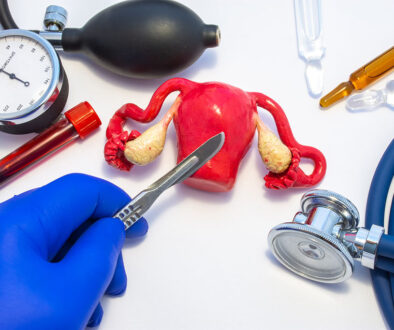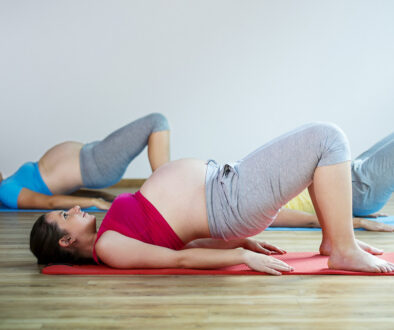Vaginal Surgery: Reparative, Cosmetic, and Rejuvenation
There a several vaginal conditions that can significantly compromise a woman’s quality of life and can be effectively corrected with the appropriate surgical procedure. The vaginal vault is supported by fibro-muscular tissues which help support the uterus, bladder, vaginal apex (top), rectum, and the vaginal introitus (opening). Aging, uncomplicated childbirth, and vaginal injury from difficult childbirth can disrupt the supportive fibro-muscular tissue resulting in relaxation of the tissues and resulting in problems. The typical conditions and appropriate surgeries are:
1) Uterine prolapse: The tissues supporting the uterus may relax causing the uterus to drop. This descent (drop) can cause a great deal of pressure into the vagina. Sometimes the descent is to such a degree that the uterus can actually protrude through the opening of the vagina resulting in bleeding and vaginal drainage. In these cases, the uterus can usually be removed by vaginal hysterectomy (without abdominal incisions) with limited hospital stay and short recovery.
2) Cystocele (herniation of the bladder): The tissues supporting the bladder relax causing a bulging at the bladder which can result in pelvic and vaginal pressure. The patient will often see a bulge into the opening of the vagina. This can also lead to recurrent urinary tract infections and is frequently associated with loss of urine with strenuous activity (running, jumping, etc.) as well as coughing or sneezing. The tissue can be tightened, reducing the hernia, thus relieving the pressure. Frequently the neck of the bladder must be suspended at the same time to eliminate incontinence of urine.
3) Rectocele (herniation of rectum): The fibro-muscular tissue between the vagina and rectum can stretch to a point where there is a weakening which can result in pressure, a bulge into the opening of the vagina and often difficulty defecating (passing stool) without applying pressure into the vagina or around the anus. Once this tissue is surgically tightened (all vaginally), the patient’s symptoms are totally relieved.
4) Perineal relaxation (lower portion of the vaginal opening): Birthing a baby vaginally results in a marked stretching of the perineum. Sometimes this causes a noticeable relaxation, which the patient perceives during coitus (sexual activity) or may notice by the inability to keep a tampon in during menses. The fibro-muscular tissue can easily be tightened on a day surgery basis, with little to no down time except for refraining from coitus for a short time.
5) Enterocoele (herniation at the apex or top of vagina): Once again part of the fibro-muscular tissue at the apex of the vagina, between the bladder and rectum, can relax potentially causing pressure and a bulge. There are several different ways of correcting this defect depending on the woman’s age, sexual habits, and the amount of relaxation.
Vaginal rejuvenation and vaginal cosmetic procedures have recently been vigorously marketed with no substantial evidence of worth. The patient should be extremely cautious to not fall into advertising traps claiming improvement in beauty, self-esteem, and confidence. Beware of the following procedures: (We do not perform these 3 procedures because their is no evidence to substantiate their worth)
1) Clitoral unhooding: Removing of the tissue covering the clitoris. This has been marketed as making the clitoris more sensitive resulting in easier arousal and climax. Not only has this not been substantiated, but the procedure can cause scarring, result in pain, and actually reduce sensitivity.
2) G-spot amplification: The anterior vaginal wall is believed by some to be an especially sensitive area contributing to female arousal and orgasm. Injections of collagen and lasering the vagina to enlarge or increase blood flow to the area have been marketed as definitive procedures. There has been no evidence of any benefit of either of these procedures.
3) Labial-plasty: Reduction of the size or shape of the labia has long been a recognized procedure. If the labia are large enough and very redundant, they can cause significant pain and irritation by rubbing against each other. This is an appropriate reason for reducing the size. If the only desire is to change the appearance of the vagina, the patient should strongly reconsider because vaginal appearance has never been shown to be a deterrent of sexual desire.
ACOG (The American College of Obstetrics and Gynecology) states: “It is deceptive to give the impression that vaginal rejuvenation, designer vaginoplasty, G-spot amplification, or such are accepted routine surgical practice… absence of data, safety, and efficacy makes such recommendations untenable.”




